- the article continues the series on float compression topics
- presents how to optimize the process by redesigning the system to take advantage of SIMD instruction sets
- shows how much of a performance difference the usage can make

- new release of PIX contains a vast list of new developments
- some examples are RayGen debugging, the ability to show selected draw objects, pix capture diffs, improved memory allocation view, and much more
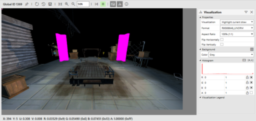
- the article explains the alignment requirements of buffer loads from VK_KHR_buffer_device_address
- provides a walkthrough of the generated SPIR-V and explains why the issue occurs by explaining the spec requirements

- the presentation covers a real-time cluster-based path-tracing renderer
- discusses how the architecture was designed to allow linearly scaling with the number of GPUs
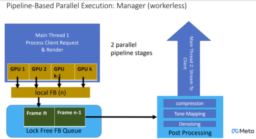
- the video tutorial presents a simple lighting model that uses sprites to define light effects
- this is done by defining lights as one render target and combining it with the base world
- implementation using Defold is presented (using GLSL shaders)
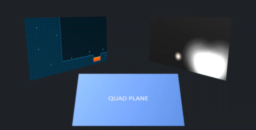
- the paper explains the experience of transitioning university classes to be taught using Vulkan instead of OpenGL
- discusses difficulties and advantages encountered
- shows how it affects student learning, grades, and project results

- the video discusses the problem of non-uniform constant loads within a single wrap
- shows how to use Nvidia NSight to identify the problem
- discusses in detail how to correlate counters, latency, and instruction traces
- using Structured Buffers instead of Constant Buffers will be able to resolve the problem once identified
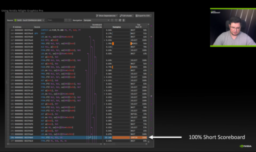
- the paper presents how to use GPU-based techniques to implement LOD construction of point clouds
- discusses the different implementation approaches’ impact on performance and quality
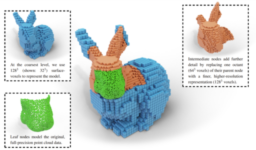
- the latest part of the video tutorial discusses how to apply lighting to a terrain using OpenGL
- discusses standard diffuse lighting and Slope Lighting
- provides a high-level overview of each technique and discusses the implementation
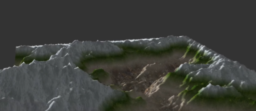
Thanks to Matt Pharr for support of this series.
Would you like to see your name here too? Become a Patreon of this series.